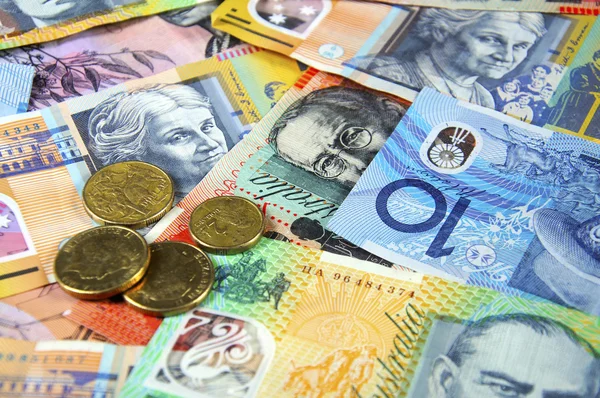Australian dollar continues to fall as a result of recent dismal economic statistics.
Australian Dollar (AUD) fell for the sixth straight session on Friday, holding near three-month lows against the US Dollar (USD). The current decline in the AUDUSD pair is primarily attributable to significant economic data from Australia.
China’s retail sales increased 4.8% year on year in October, exceeding the predicted 3.8% and the 3.2% growth witnessed in September. Meanwhile, the nation’s Industrial Production increased by 5.3% year on year, somewhat less than the projected 5.6% but higher than the previous period’s growth of 5.4%.
RBA Governor Bullock stated that current interest rates will remain unchanged until the bank is confident about the inflation outlook.
The Australian dollar’s slide may be restricted by less dovish words from Reserve Bank of Australia (RBA) Governor Michele Bullock on Thursday. Bullock remarked that current interest rates are adequately restrictive and would remain at that level until the central bank is confident in the inflation outlook.
Despite hints of a slowdown in “Trump trades,” the US dollar remained firm near its new 2024 highs. The US Dollar Index (DXY), which measures the US dollar’s performance versus six major currencies, is hovering at 107.06, the highest level since November 2023.
Fed Chair Powell stated that the US economy’s performance has been “remarkably good,” allowing for modest interest rate cuts.
Markets are now focusing on US October retail sales data The report is due to be issued on Friday, along with comments from Federal Reserve officials. On Thursday, Fed Chair Jerome Powell stated that the US economy’s recent performance has been “remarkably good,” giving the Fed flexibility to gradually cut interest rates.
Daily Market Movers:Australian dollar extends its losing skid, while the US dollar rockets to fresh 2024 highs.
The US Producer Price Index (PPI) increased 2.4% year on year in October, up from a revised 1.9% increase in September (originally 1.8%) and exceeding market estimates of 2.3%. Meanwhile, the Core PPI, which excludes food and energy, increased 3.1% YoY, slightly more than the expected 3.0%.
Australia’s seasonally adjusted unemployment rate remained at 4.1% in October, matching market expectations. Nonetheless, employment change data Data revealed that only 15.9K new positions were added in October, falling short of the expected 25.0K.
Consumer inflation expectations in Australia fell to 3.8% in November, down from 4.0% the previous month.
Consumer inflation expectations in Australia fell to 3.8% in November, down from 4.0% the previous month, and reached their lowest level since October 2021.
Alberto Musalem, President of the Federal Reserve Bank of St. Louis, stated on Wednesday that continued inflation concerns make it difficult for the Fed to continue lowering interest rates. Musalem shifted focus to the overall soundness of the US job market, hoping to allay fears over inflation’s resilience to the Fed’s downward pressure measures.
Jeffrey Schmid, President of the Federal Reserve Bank of Kansas City, noted potential hurdles in decreasing interest rates. Schmid also blasted market players who continue to hold out hope for a return to near-zero rates by calling Their expectations are ridiculous.
In October, the US Consumer Price Index (CPI) climbed by 2.6% year on year, meeting market expectations. Meanwhile, the core CPI, which includes the more volatile food and energy components, increased by 3.3%, as expected.
Australia’s Prime Minister Anthony Albanese revealed in a radio interview on Wednesday that he talked trade with US President-elect Donald Trump over the phone last week. Albanese warned Trump that the US had a trade surplus with Australia, emphasizing that it is in Washington’s best interests to “trade fairly” with its ally. Meanwhile, the defense minister emphasized Australia’s strong investment in security.
Last week, China’s most recent stimulus measures fell short of investor expectations, lowering demand projections for Australia’s major trading partner and impacting on the Australian dollar. China launched a 10-trillion-yuan loan program to relieve local government finance difficulties and boost lagging economic growth. However, the package did not include immediate economic stimulus measures.









